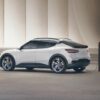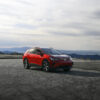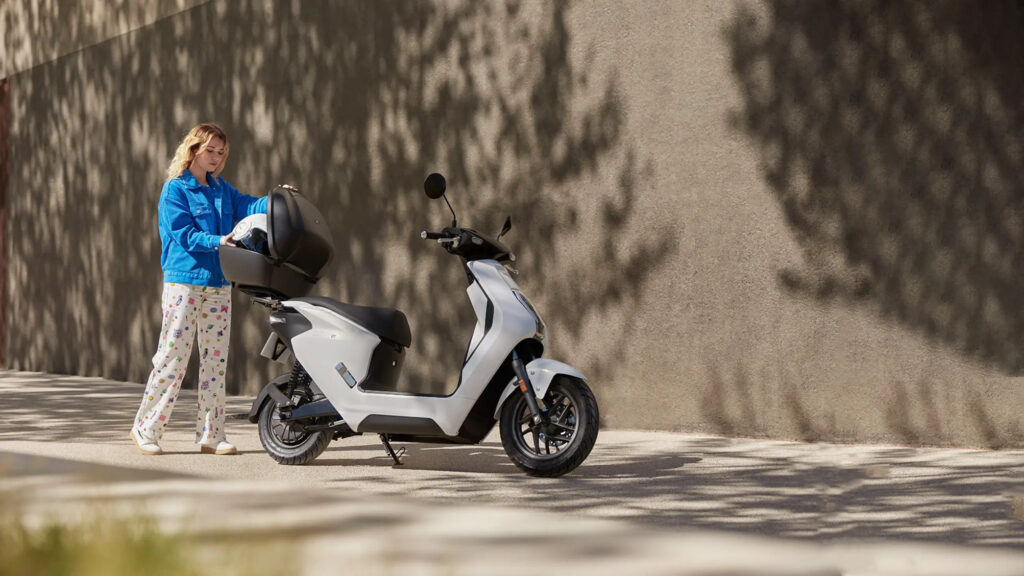
Honda’s (HMC) push for electrification has officially landed in the Philippines with the unveiling of the EM1 e:. It’s Honda’s first globally launched electric motorcycle, marking a shift from its previously China-exclusive e-scooters like the Zoomer e: and the Cub e:.
Honda’s ambitions are clear—they plan to sell 4 million electric motorcycles annually by 2030. But will the EM1 e: get them there, or is it just a conservative baby step toward that goal?
An Electric Scooter with Modest Specs
On paper, the EM1 e: doesn’t exactly scream innovation. With a top speed of 45 km/h and a range of 48 km on a single charge from its 26.1 Ah, 50.26V lithium-ion battery, this scooter might leave some prospective buyers scratching their heads.
The 1.7kW electric motor delivers a modest 1.3 horsepower—which, in a world of high-performance gasoline scooters, doesn’t offer much excitement.
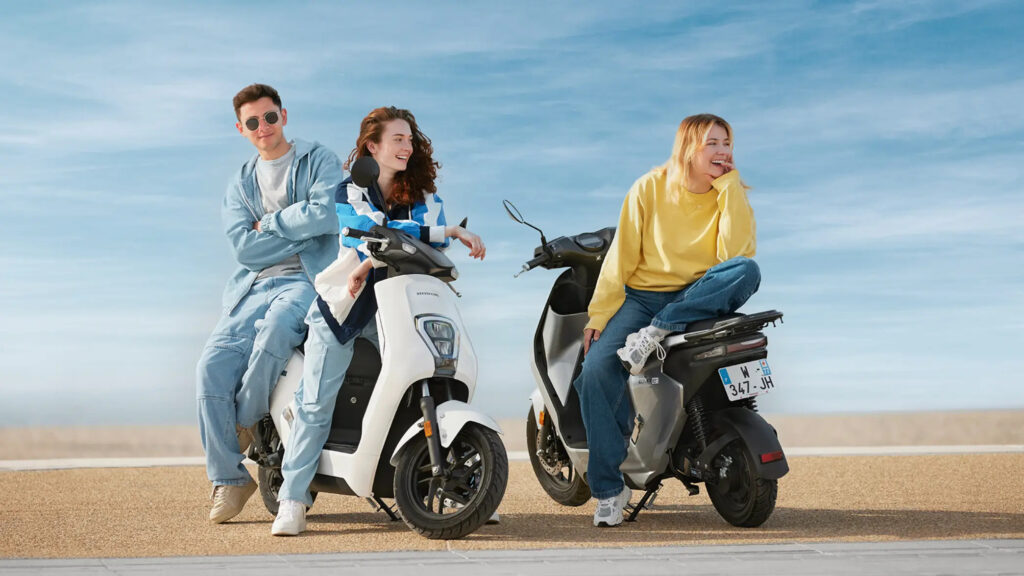
At a price of P155,400 (around $2,785 USD), Honda fans might find it tough to justify this over their hyper-efficient and affordable gas-powered alternatives, like the ever-popular PCX160. For context, that’s a hefty price tag for a scooter with the power equivalent to a 50cc engine.
The Range Problem
The 48 km range is one of the biggest obstacles for this scooter. Sure, 90 Nm of torque at 25 rpm helps when navigating steep hills, but you’ll be heading to the charger far more frequently than you’d like.

The battery, though removable, weighs 10.2 kg, which might be a chore to lug around—especially if you need to recharge it at your workplace or a nearby café. And unlike Gogoro’s (GGR) swappable battery system, which is already up and running in some markets, Honda hasn’t committed to a similar infrastructure yet.
Tough Competition in a Crowded Market
Honda’s entry into the electric two-wheeler market is coming at a time when the competition is already fierce. Let’s talk about the Sulong Pop, which offers a longer range of 85 km, and costs P79,000—almost half the price of the EM1 e:. The Segway E110L delivers a range of 110 km, still cheaper at P125,000.
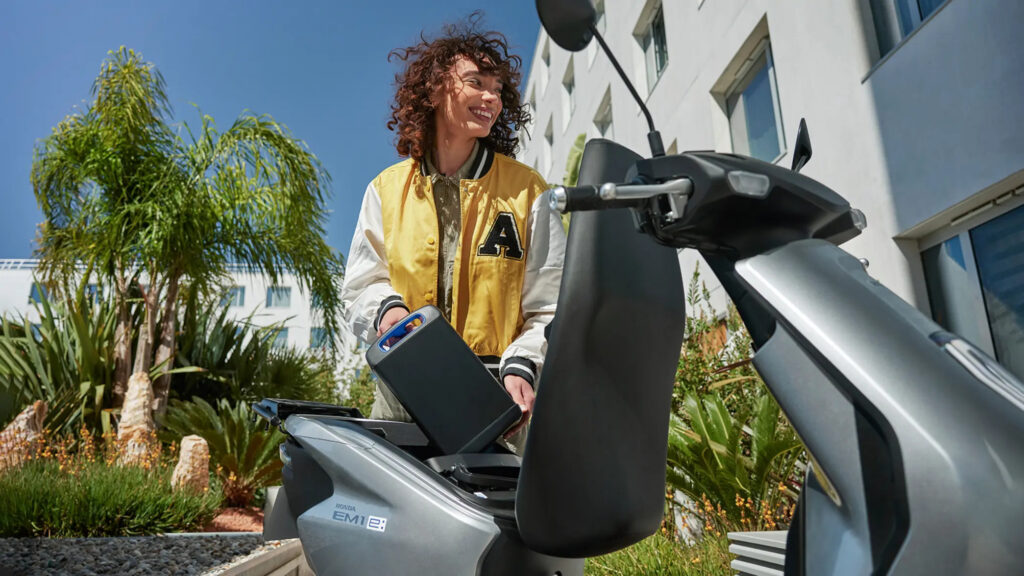
Then there’s the high-performance Zeeho AE8—though priced higher at P209,900, it packs a 12.5kW motor and can travel 190 km on a single charge. These are serious contenders, and Honda is stepping into the ring with what feels like underpowered specs and an overconfident price tag.
The Urban Appeal—But at What Cost?
Let’s face it, Honda’s not targeting thrill-seekers with the EM1 e:. This is an urban scooter, designed to get you from point A to point B without burning fossil fuels. Its minimalistic design and lightweight battery pack make it an ideal commuter for short city trips.
If you’re zipping around crowded streets, it’ll do the job comfortably, but it’s not going to blow anyone away.
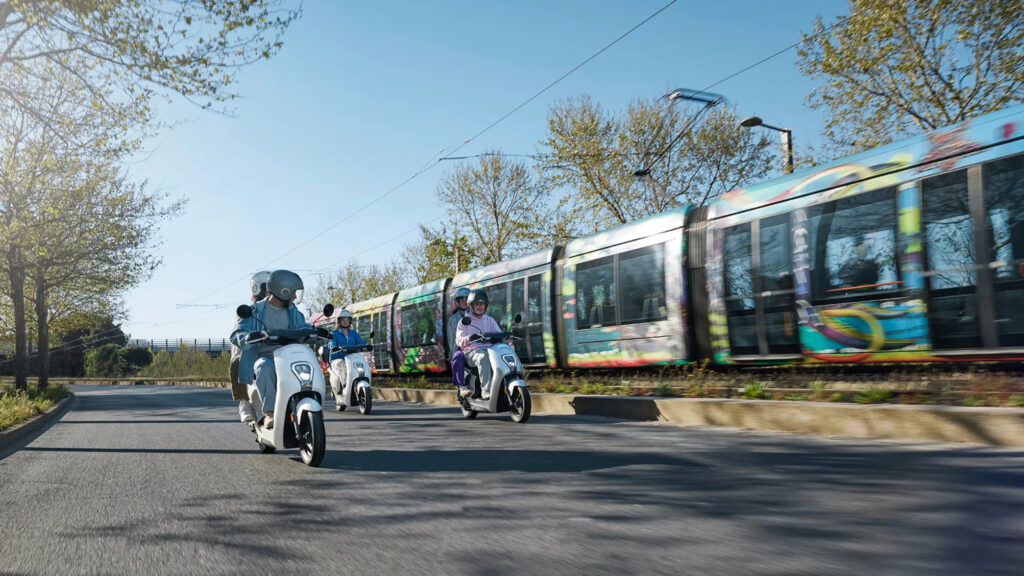
While Honda claims the EM1 e: is perfect for the “urban jungle,” the practicality doesn’t quite match up. Most urban commuters don’t want to be constantly charging their ride or carrying around a heavy battery.
With competitors offering better range and features for less, the EM1 e: feels like a hard sell to anyone except die-hard Honda fans or early adopters of EV technology.
The Future is Coming, But Slowly
Honda’s playing it safe with the EM1 e:. It’s the first of what could be many electric models, but it’s clearly just the opening move in a much larger game.
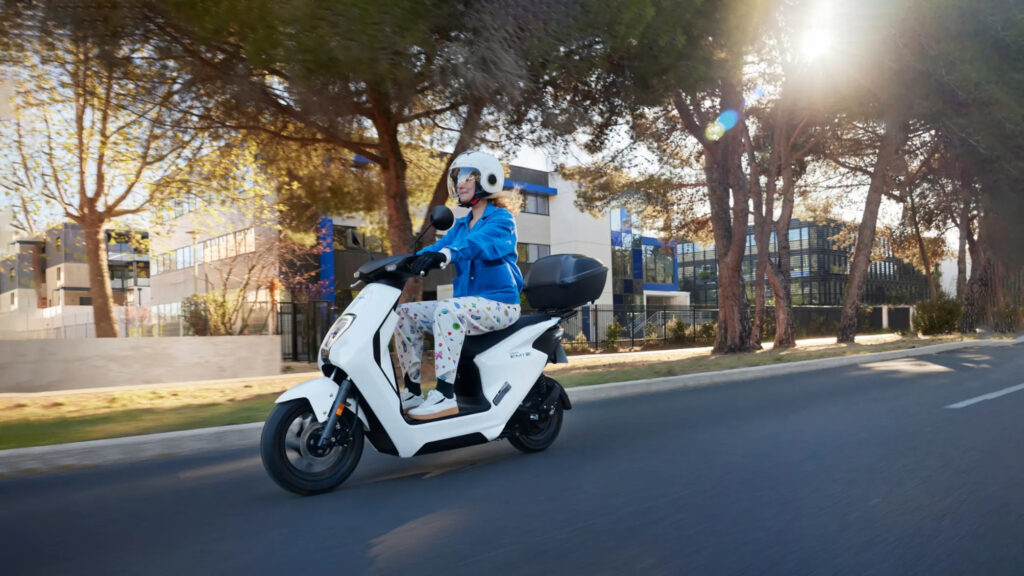
With a plan to roll out 30 electric models by 2030, ranging from scooters to larger motorcycles, it’s clear Honda’s not done yet. This could be the start of something bigger, but for now, the EM1 e: doesn’t seem like the game-changer Honda might have hoped for.
Charge Complete
Honda’s first global electric scooter is here, and it’s a step toward their electrified future—but not a leap. The EM1 e: delivers the basics, but in a competitive and price-sensitive market, it’s hard to see how it stands out.
For now, Honda’s fans might give it a look, but there’s no doubt that the electric scooter world is crowded, and the EM1 e: has its work cut out for it.

